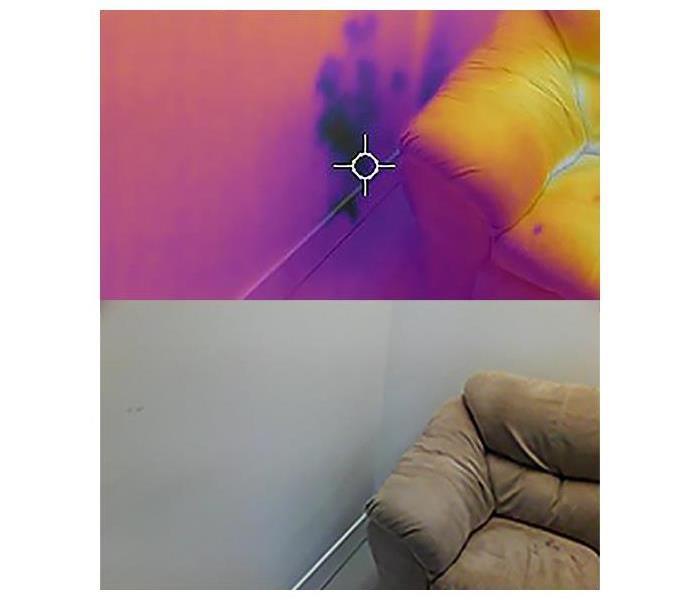How to detect hidden mold?
7/23/2020 (Permalink)
The fact that mold is "hidden" in buildings does not mean one cannot find it. Here we describe use of a borescope to find hidden mold in building wall or ceiling cavities; Growth pattern of some toxic molds in wall cavities maps insulation installation patterns; Strategies for choosing where to make test cuts to check walls or ceilings for hidden mold contamination.
This blog explains methods to find hidden molds in the buildings.
The goal of sampling is to learn about the levels of mold growth and amplification in buildings. There are no EPA or OSHA standards for levels of fungi and mold in indoor environments. There are also no standard collection methods. However, several generally accepted collection methods are available to inspectors to study mold (and bacteria) in indoor environments.
- Destructive:
In this method inspector opens the drywall or removes flooring to detect hidden mold. This method is costly and always makes more damage to the building.
- Non-Destructive:
Inspector by using high-tech equipment detects mold grow location and provide sample for lab.
SERVPRO of North Vancouver using high-resolution thermal cameras, moisture meter to detect location of the molds after sending the samples to lab, owner will notify on mold type and grow in the building with professional report. This method is cost effective solution and more accurate than other methods.
Reach out SERVPRO of North Vancouver at (604) 558-4849 or Office@SERVPRONorthVancouver.com
Our experts are ready to inspect your property with affordable cost and most reliable results.





 24/7 Emergency Service
24/7 Emergency Service
